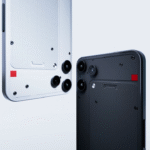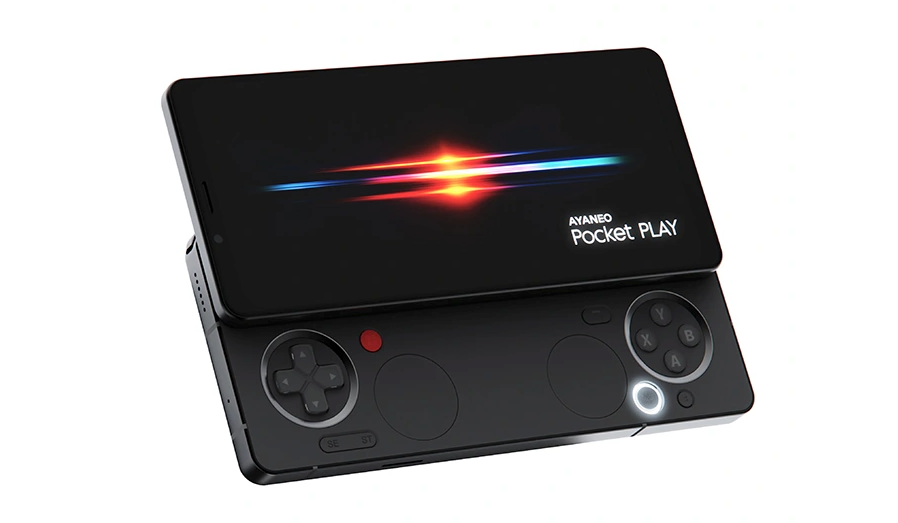Game shows have been a staple of television since its advent, and they are now evolving to align themselves with the expanding online casino industry as well. Since live streaming became a staple at these sites, developers have been able to get innovative with their offerings. Along with live streams of table games, players can find inventive live game shows that put them at the centre of the action.
With live game shows at online casinos growing in popularity, it could be that the most famous television offerings in the genre start moving to the gambling industry. This could be the best place to find them in the years ahead.
Crazy Time Helped Kickstart the Live Game Show Era
When you go to the live section of any casino site now, you’ll be faced with a range of game show titles. These all stemmed from live Crazy Time, which is one of the original games in the genre. It’s a giant spinning wheel operated by a real world croupier. Players enter the game show situation and place bets on the wheel. It’s packed full of bonus rounds and extras, including in-game pachinko and pinball. The varied gameplay appeals to a range of players and offers a change from traditional casino games.
Since the introduction of Crazy Time at online casinos, there has been an influx of similar games in this genre. Developers clearly witnessed its mass appeal and wanted to replicate it. Players can now find other game show offerings like Mega Party, Monopoly Big Baller, and Cash or Crash. Players can see a huge thumbnail of each game that also shows the dealer, so they know exactly what they will be getting when they play.
Classic Game Shows Could be Represented in this Category
There are indications already that many of the world’s favourite game shows could soon move to an online casino setting. Deal or No Deal is a hugely famous television offering, which has different versions all over the world. It began in the Netherlands and gained fame in the UK, but the USA version is arguably even more famous now. The brand is so famous that casinos have used it for some time. Now, there’s the Deal or No Deal live gameshow that gives players the chance to become a contestant. This is the dream of many people, and something that is now possible at online casinos.
There are many classic game shows that have been cancelled over the years, with some fans desperate for them to be revived. These include iconic titles like 1 vs. 100, The Newlywed Game, and Truth Or Consequences. Perhaps the solution to bringing these beloved shows back into the mainstream could be to adapt them for online casino audiences.
The game shows that have already moved to the online casino sector have already found fame, and many others could soon follow suit. With titles like Crazy Time booming in popularity, this category is set to expand massively in the years ahead.














